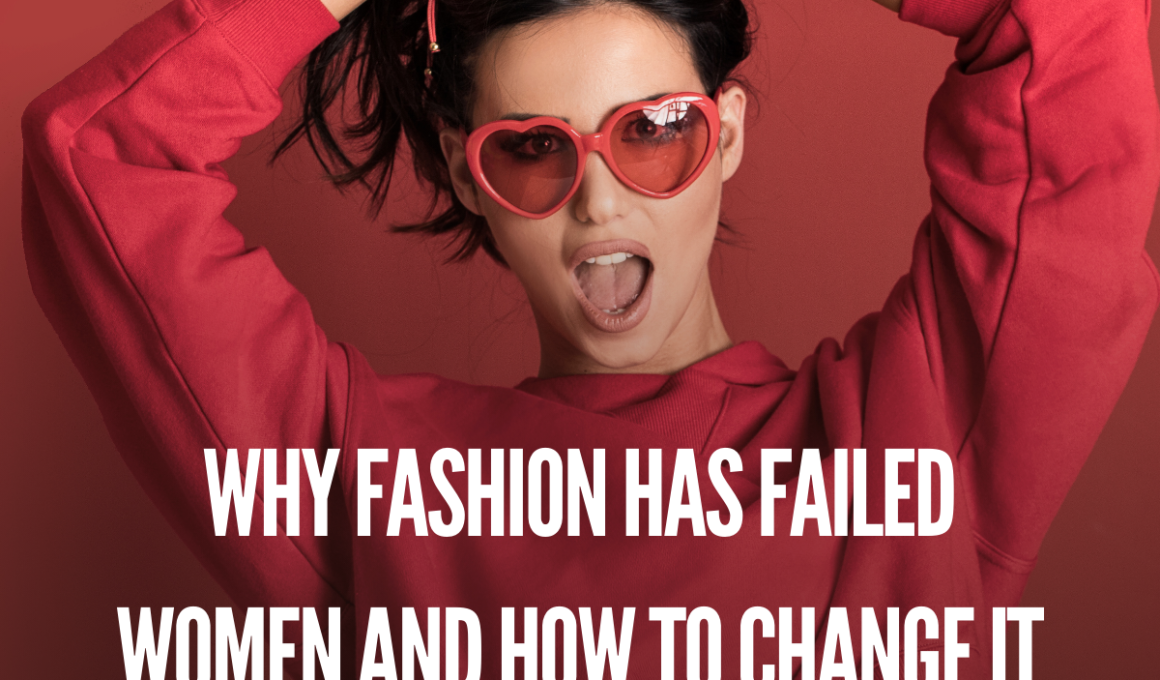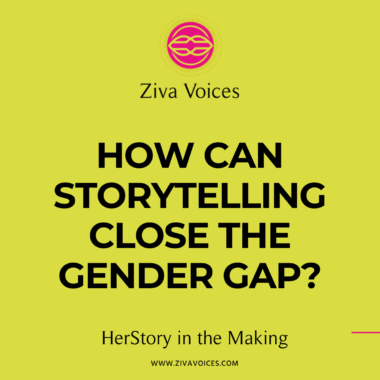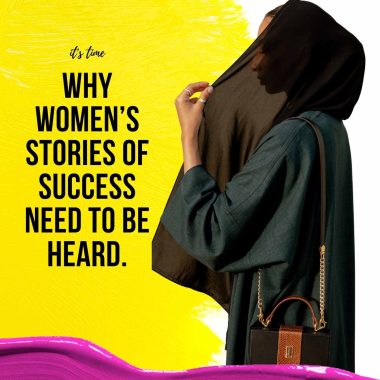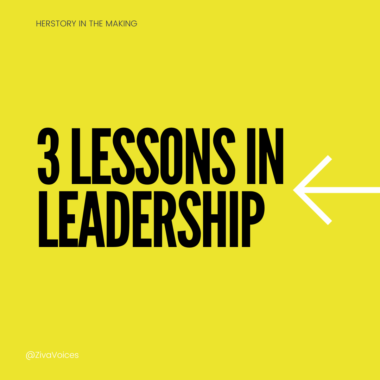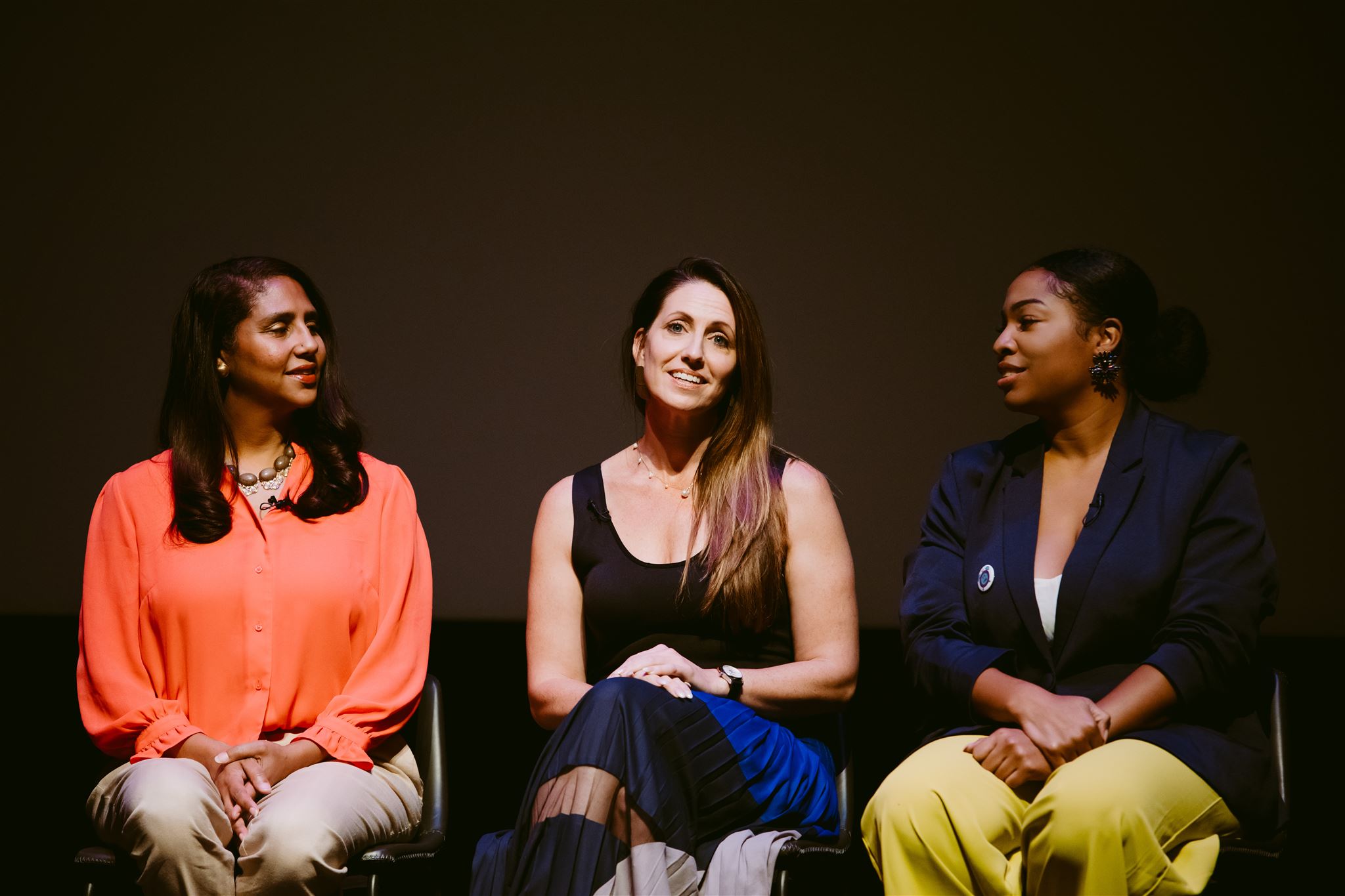By: Jo-Anne Godden
Table of Contents
As the fourth largest industry globally, the fashion and textiles sector is predominantly a women’s industry, and its impacts both good and bad are felt by us most – yet I believe it’s completely failed women.
From sourcing and spinning the raw materials into cloth, to garment manufacturing, and all the way through the retail sector to the end buyer, fashion and textiles is an industry predominantly staffed and consumed by women. Four out of five of all workers in the industry are women, and women also make up 80% of all consumer choices and purchases.
As women, we are most impacted by the industry and should be the first to benefit from any positive outcomes, but unfortunately this is an unregulated industry that has spun out of control – lacking ethical conduct, health and safety and pollution standards.
I started out in a very corporate fashion world in the United States, but over time I saw firsthand that the industry was changing for the worse and that I could no longer be part of it.
Women are the recipients of the resources that go into the production of clothes – both human and environmental – and are the first to gain, and/or the first to be degraded. This is why I believe it’s so important that women fashion entrepreneurs build and develop an infrastructure that benefits everyone caught up in this enormous whirlwind, and ultimately try to stop the over-consumption of the wrong kind of clothing.
Since the 1980s, when clothing production went ‘out of sight and out of mind’ to developing countries – where labour costs and environmental restrictions were lower or non-existent – there has been a fundamental shift in the way we view clothing.
Clothing used to be something to treasure and cherish – an expression of our identity. But clothing has been turned into a commodity, sold in large markets at volume: incentivised by offers such as ‘3 pieces for the price of 2,’ as if we should buy clothing in bulk.
During the 1990s, it accelerated into ‘Fast Fashion,’ and clothing lost its value, became short-lived, and many of us disposed of it far too quickly.
These changes in the way we access and dispose of our clothing have been detrimental to the entire garment industry – not least to those women caught up in the supply chain.
The majority of the industry still consists of ‘disposable clothing,’ made under exploitative conditions in countries such as Bangladesh or China with catastrophic consequences for our collective future.
The textile industry causes a high amount of pollution, contributing up to 10% of global greenhouse-gas (GHG) emissions. Fashion’s toxic effects are threatening the biosphere upon which we depend, decreasing biodiversity, causing drought and water pollution and building horrendous landfill dumps. (Ghana alone receives over 15 million articles of used clothing every week!)
Bringing back the Joy
So how do we get the joy back into our clothing? The excitement and the thrill of putting on a garment that pleases us? A garment that brings benefit to the planet and people, and one that has not been made by modern slavery? I believe there are three key steps:
1. Reintroduce value
We have to reintroduce the value into our purchases. We need to be prepared to pay more for well-made and beautiful garments, made to last – not just in our own wardrobe, but in others’ after we pass them on. Extending the life of clothing can reduce its carbon impact by up to 16 times!
2. Design excellence
Make sure all parts of the process are the best quality. Ensure durability in the seams, the trims and cloth, and preferably from recycled materials. Focus on beautiful design, classic styles, real style – individuality and craft, not fashion.
3. Reduce quantity
120 billion new garments per year are choking our planet: the challenge is now to turn off that tap for “de-growth.” Decreasing the quantity while increasing the quality is key. Let’s do more with less clothing – that’s the philosophy behind RubyMoon’s Gym to Swim capsule collection
As entrepreneurs and women, we can reimagine and build a vibrant, satisfying clothing industry – clothing that we have an emotional tie to, appreciate more and then care for. The value of each garment has to cost more, to rekindle the love we have for every item in our wardrobe.
We must be willing to pay more for our clothes in order to preserve our planet and the biodiversity that our children inherit from us.
For example, the more we spend on fabric the less likely it will be that the dyes and chemicals won’t be flushed into local water supplies. People bathe and drink this water and it’s filled with chemicals. In China alone, 5 out of 7 people drink water every day that is partly polluted.
When we pay more, there will be no cutting corners on fabric quality and construction, meaning the resources we invest in clothing last longer.
When we pay more, a larger percentage of that garment cost can become a living wage, not an economic slave wage. And we have to include safe and proper working conditions and constant monitoring of factories.
Workers must enjoy the same rights and expectations that we in the west take for granted – to feel safe at work and free from intimidating and bullying, including sexual harassment, and to be forced into constant, unpaid overtime.
In Bangladesh up to 80% of women workers have experienced some kind of sexual harassment in their workplace.
How can we expect to feel great in a new outfit, knowing it was made by other women who have been degraded in their employment?
So, as female citizens and entrepreneurs, not just consumers, I urge us to focus on two key things:
- Make better choices, and purchase from sustainable or circular brands. We need to insist that our clothing is beautiful on the inside as well as the outside, therefore ethically made.
- We must be prepared to buy things and return them to the retailer for recycling or to resell them ourselves. No more disposable fashion! Take the time to understand what will happen to your clothing at the end of its first life and make sure it’s done properly as it’s your responsibility.
These fundamental steps reuse the waste we make and conserve planetary resources for future generations.
New ‘mindful’ fashion businesses are embracing the circular model, creating wonderful clothes that they then ‘take back’ for re-use. This is a great new area of entrepreneurship that’s innovative and not business as usual. And women are taking the lead in this new ethical fashion ecosystem.
Women are using the power of ethically-sourced, well-produced, beautiful clothing as a way to bring prosperity and lift women out of poverty. It’s with our insistence here, too, as citizens – not consumers – that we can action fashion and textiles for the greater good of women, all over the world.
It’s our choice as women, so let’s take it.

Jo-Anne Godden is a Lingerie and swimwear specialist, mother and activist.
She founded RubyMoon to combine the fashion industry’s substantial potential to positively impact, with the knowledge that women and innovation are key to a better future.
